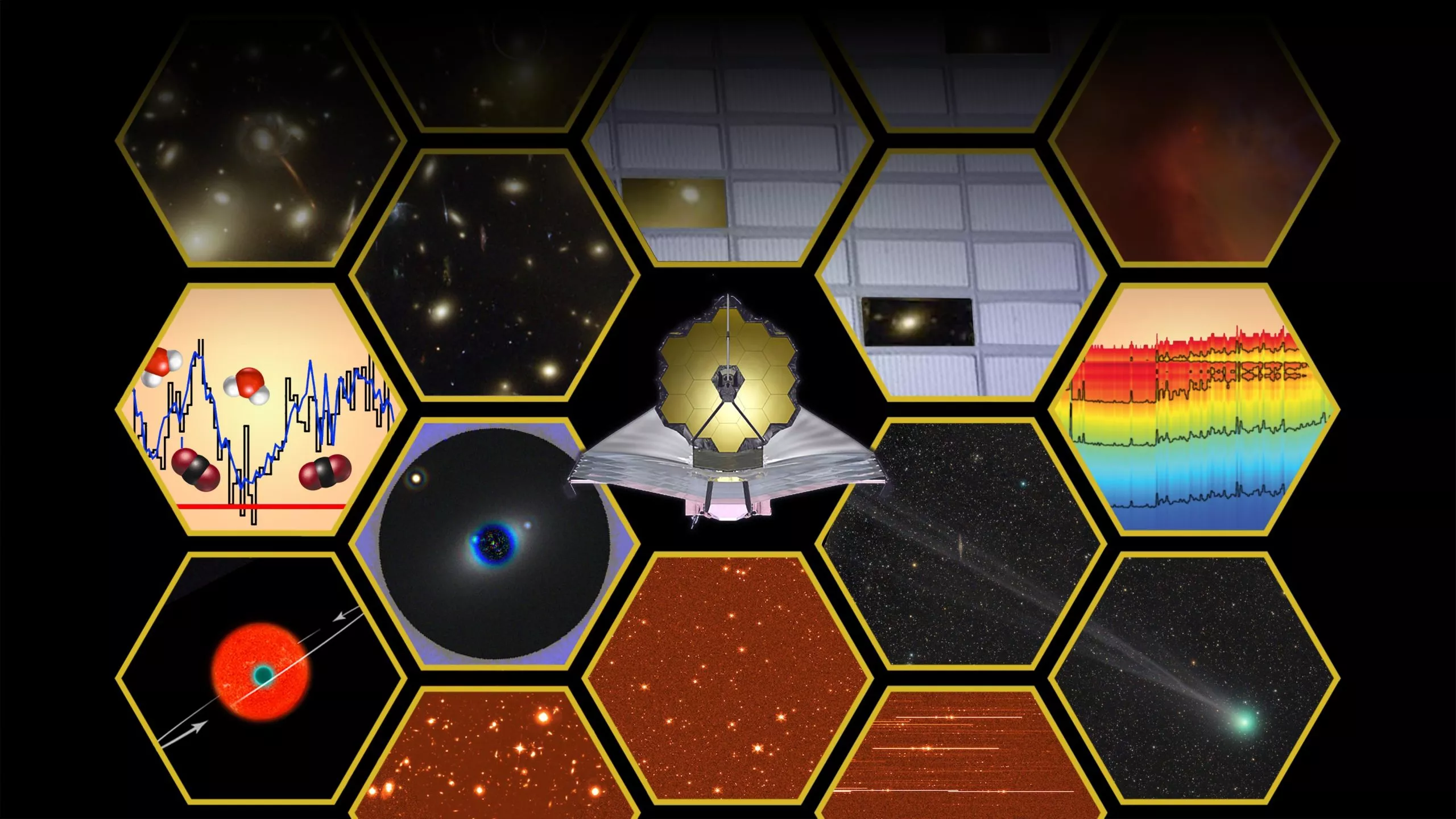The head of NASA's largest space science mission was named one of the most influential people in the world by time magazine. It is reported that Gregory Robinson, director of NASA's James Webb Space Telescope Program, was included in the time magazine's 100 people list, which is the magazine's 100 most influential leaders listed every year.

Robinson shared this year's recognition with other time100 winners such as President Joe Biden and Oprah Winfrey.
Robinson oversees the Webb Telescope project, the premier Space Observatory for the next decade. Weber will explore every stage of the 13.5 billion year history of the universe - from our solar system to the most distant observable galaxy to everything in between - to help us understand our position in the universe. Robinson led the project at NASA science mission in Washington, D.C., and joined the team in 2018.
"Greg showed excellent leadership on NASA's James Webb Space Telescope, and experienced the challenge and incredible success of this historic mission," said NASA Director Bill Nelson. "Congratulations, Greg, and thank you for your incredible service on behalf of NASA and the whole human race."
Time magazine said that its list recognized the influence, innovation and achievements of the world's most influential individuals.

"I am excited and honored to be recognized as a part of time100. Of course, I would like to thank NASA engineers, scientists, technicians, our contractors and academic bases, as well as partners around the world, who have shown amazing flexibility through design, development, testing, launch and current commissioning in Weber mission," Robinson said, "When Weber launched at Christmas, we saw an unusual moment -- a gift to the world. As we approach the end of the commissioning process of scientific instruments and observation stations, we have made new breakthroughs and overcome many challenges. This summer and for many years to come, we will provide an amazing landscape for our early universe."
It is understood that Robinson received a bachelor's degree in mathematics from Virginia Union University and a bachelor's degree in electronic engineering from Howard University. Later, he received an MBA from Everett University and participated in the senior executive program of the Kennedy School of government at Harvard University. In addition, he participated in the democratic society leadership course of the federal school of administration. Robnson has more than 30 years of experience in engineering, program and project management and senior executive leadership at NASA.
He taught a graduate course in leading complex projects at Columbia University's School of professional studies. Previously, he taught the essentials of project management in the Department of engineering management and systems engineering at George Washington University.
In 1989, robnson began his career at NASA, where he participated in a number of high-profile missions. He held many leadership positions and participated in many space flights and shuttle missions. As a senior manager, he served as the Deputy Center Director of NASA's John H. Glenn Research Center in Cleveland and NASA's deputy chief engineer. In addition, he served as the Acting Deputy Assistant Director of NOAA's national environmental satellite, data and information service. Prior to leading Weber, Robinson was deputy director of the program at NASA Headquarters' Science Mission Bureau.
Robinson said: "I have a rich career with great colleagues. I am very proud to be part of the first chapter of Weber's science story and work with a team that has shown exemplary firmness after working on the project for many years. Weber will start an influential scientific journey. It is exciting to see that we are finally so close to launching the universe."
After the launch on December 25, 2021, the Weber team went through a few weeks of spacecraft commissioning period. Hundreds of components worked synchronously and intricately in the harsh space environment, and at the same time went to the final orbit 1million miles away from the earth. It is understood that Weber is the first space telescope to use a large deployable primary mirror. It consists of 18 parts and an unparalleled optical system. As their scientific instruments cooled to their operating temperature, the team then successfully aimed the telescope. Now, the team is preparing the Observatory's instruments to provide its first spectacular scientific images and spectra this summer.